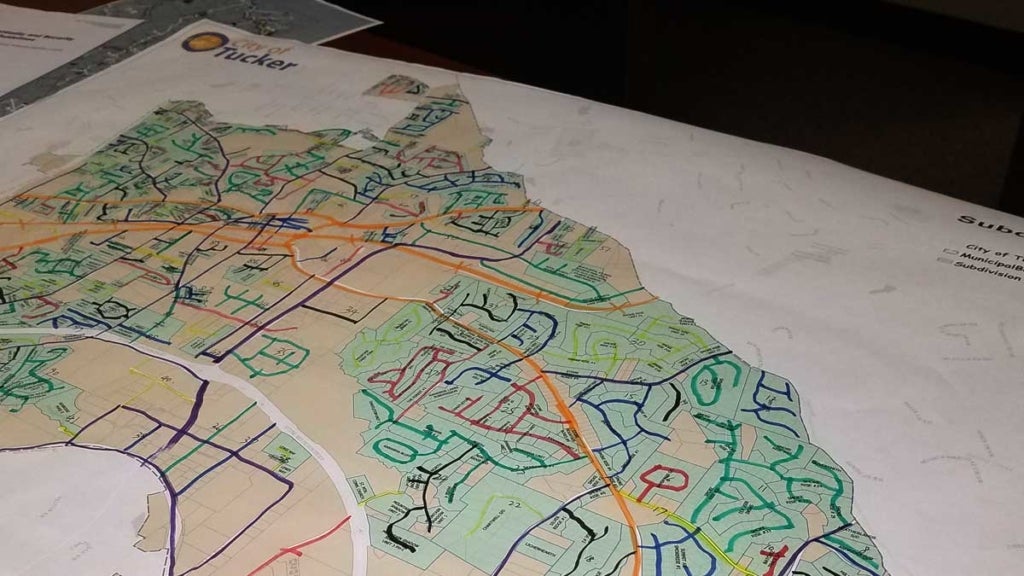InTucker Magazine
April 2018
Road Repaving: Learn the Terms

As you start to see certain SPLOST-funded projects begin around town, it may be helpful to understand the lingo that our City Engineer is using when he talks with the Mayor and City Council about which roads to repave. Here’s a brief guide to make you better informed on road repaving:
Local Roads – These are the more internal subdivision streets. They generally have low traffic volumes. SPLOST funds can be used for repaving these roads.
Collector Roads – These are higher volume roads designed to provide access to residential communities. SPLOST funds can be used for repaving these roads.
ex. Idlewood Rd., Fellowship Rd., Midvale Rd.
Arterial Roads – These are generally two to four lane roads, which see heavier volume. Their primary role is to move traffic between collector roads and expressways. SPLOST funds can be used for repaving of some of these roads. Others – like Hugh Howell, Lawrenceville and Lavista – are state routes and are maintained by GDOT.
ex. E. Ponce de Leon Ave., Hugh Howell Rd., Lavista Rd., Lawrenceville Hwy., Mountain Industrial Blvd.
Expressways – These are federal highways and routes, which carry the heaviest volume of traffic. As the USDOT and GDOT share responsibility for maintenance of these roads, SPLOST funds cannot be used for repaving.
ex. I-285, Stone Mountain Freeway

